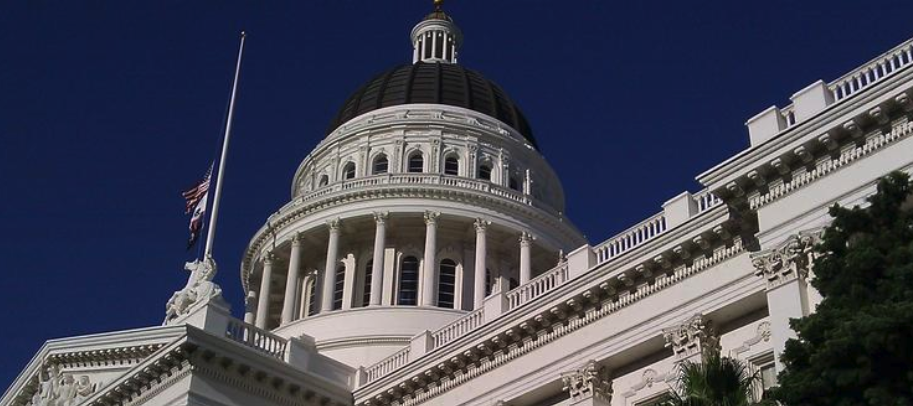Existing law establishes in the Natural Resources Agency the Department of Forestry and Fire Protection (CalFire), and requires CalFire to be responsible for, among other things, fire protection and prevention, as provided. Existing law establishes the State Board of Forestry and Fire Protection in CalFire to represent the state’s interest in the acquisition and management of state forests and requires the board to maintain an adequate forest policy. The former Governor, Edmund G. Brown Jr., issued Executive Order No. B-52-18 that, among other things, established a Forest Management Task Force, now known as the Wildfire and Forest Resilience Task Force, involving specified state agencies to create the action plan for wildfire and forest resilience. The executive order also established a Joint Institute for Wood Products Innovation, to be located within the state board.
This bill would establish the Forest Waste Biomass Utilization Program to be administered by the state board’s Joint Institute for Wood Products Innovation to develop an implementation plan to meet the goals and recommendations of, and the comprehensive framework to align with the state’s wood utilization policies and priorities and focused market strategy of, specified statewide forest management plans, and to develop a workforce training program to complement the workforce needs associated with the implementation plan. The bill would require the state board, in coordination with the Wildfire and Forest Resilience Task Force, to submit an annual report to the Legislature, beginning January 1, 2025, on the progress made on implementing the implementation plan.
This bill would require the Natural Resources Agency, in furtherance of the program, to facilitate the integration of recommendations for forest biomass waste utilization in relevant, state climate adaptation plans.
Existing law requires the California Energy Commission (CEC) to undertake various actions in furtherance of meeting the state’s clean energy and pollution reduction objectives. Existing law requires the CEC, in consultation with specified state and federal agencies and at least every two years, to conduct assessments and forecasts of all aspects of energy industry supply, production, transportation, delivery and distribution, demand, and prices. Existing law requires the Energy Commission, in consultation with specified entities, to adopt a biennial integrated energy policy report containing certain information.
This bill would require the CEC in furtherance of the Forest Waste Biomass Utilization Program, to prepare and submit a report to the Legislature, on or before December 31, 2024, that evaluates innovative bioenergy technologies that use forest biomass waste, as specified. The bill would also require the Energy Commission to include, as part of the 2025 edition of the integrated policy report, and each report adopted biennially thereafter, an assessment of the potential for forest biomass waste energy to provide firm renewable power.
The California Global Warming Solutions Act of 2006 (Act) designates the State Air Resources Board (ARB) as the state agency charged with monitoring and regulating sources of emissions of greenhouse gases (GHGs). The Act requires the ARB to adopt a statewide GHG emissions limit and to adopt rules and regulations in an open public process to achieve the maximum technologically feasible and cost-effective GHG emission reductions. The Act requires the ARB to develop, on or before December 31, 2020, and every 5 years thereafter, a report that assesses GHG emission associated with wildfire and forest management activities. The Act requires the ARB to prepare, approve, and update at least once every 5 years, beginning on January 1, 2009, a Scoping Plan for achieving the maximum technologically feasible and cost-effective reductions in GHG emissions from sources or categories of sources of GHGs under the Act.
This bill would require the ARB, in the report developed on or before December 31, 2025, and every 5 years thereafter, to include, among other things, a methodology to quantify the GHG and short-lived climate pollutant (SLCP) emissions from wildfire, pile burning, and forest management activities, as specified. The bill would also require the ARB to consider the results of that report, as applicable, in the next update of the Scoping Plan.
Under existing law, the California Public Utilities Commission (CPUC) has regulatory authority over public utilities, including electrical corporations. The California Renewables Portfolio Standard (RPS) Program requires every electrical corporation to file with the CPUC a standard tariff for electricity generated by an electric generation facility that qualifies for the tariff, is owned and operated by a retail customer of the electrical corporation, and is located within the service territory of, and developed to sell electricity to, the electrical corporation. The CPUC refers to this requirement as the renewable feed-in tariff. The renewable feed-in tariff law, in part, requires the CPUC to direct the electrical corporations, collectively, to procure at least 250 megawatts of cumulative rated generating capacity from developers of bioenergy projects that commence operation on or after June 1, 2013. Pursuant to this requirement, the CPUC has established and revised the Bioenergy Market Adjusting Tariff (BioMAT) program.
This bill would require the CPUC to continue the BioMAT program until the 250 megawatts are procured.
Committee Location: Held in the Assembly Appropriations Committee May 18, 2023.
Full bill text and related information.

